The History of Blackjack
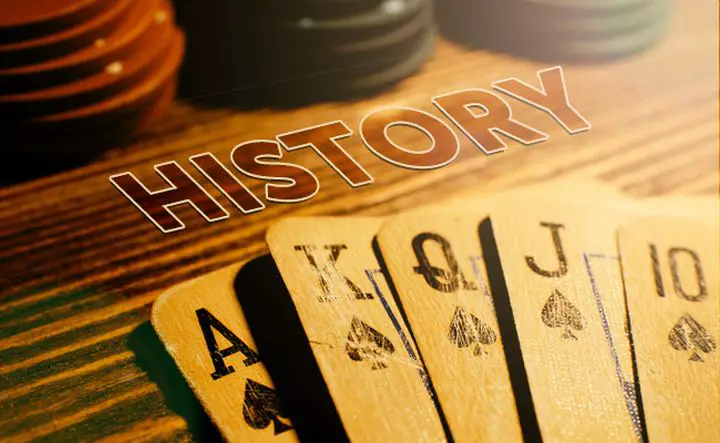
The history of the game of blackjack comes shrouded in mystery. Today, there is still no clear consensus on game development, even among top experts and players.
According to researchers, blackjack is an evolution of three types of games over hundreds of years to result in the favorite card game of casino enthusiasts worldwide. This post unpacks the history and development of Blackjack
There are plenty of options for playing the game online, and you also have the chance to play blackjack free at CasinoRobots.com.
The Early Origins of Blackjack
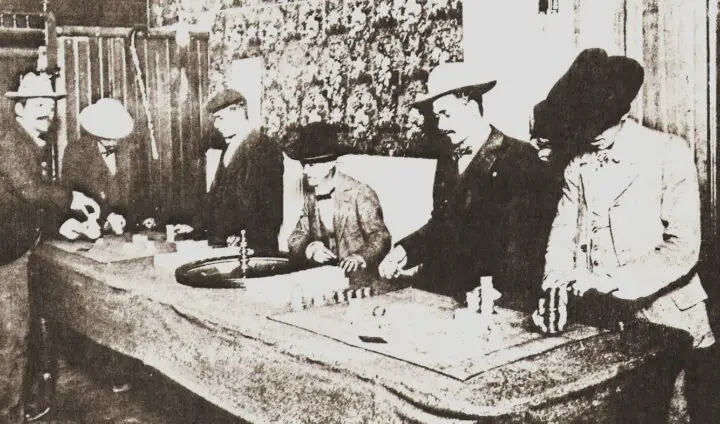
Among experts and gaming historians, a few theories are circulating about the origins of this card game. Most agree that blackjack originates from the French game, “Vingt-et-un,” which translates to English as “Twenty-One.”
The French people found this game entertaining, with the earliest accounts of Vingt-et-un dating back to the early 18th century. Players assembled in the Royal Court for competition and entertainment using the card game during the reign of King Louis XV.
With Vignt-et-un being one of the influences for the modern game of blackjack, it leaves us wondering about the origins of the French game and the effects on its creation.
Around the same period in history, there were two other card games played in Spain and Italy that also influenced Vingt-et-un and Blackjack’s modern game.
The Italian “Sette e Mezzo” (Seven-and-a-half), The “Trente-un” from Spain (Thirty-One), and the French “Quinze” (Fifteen), all involve similar gaming principles used in the development of Vingt-et-un, thus contributing to the modern game of blackjack.
Sette e Mezzo (The Italian Game)
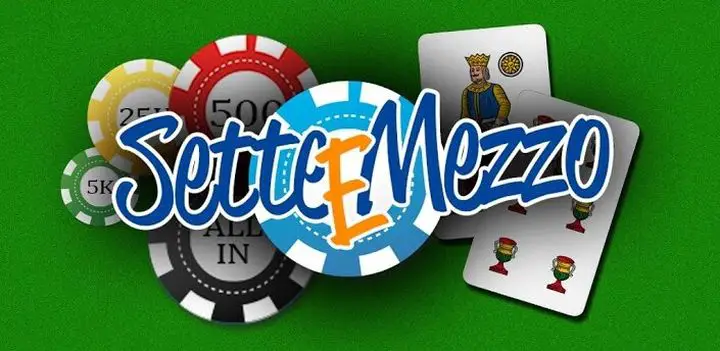
The Italians enjoy playing with cards and are some of the early innovators of popular card games. The most important historical game to come out of Italy, concerning the origins of blackjack, is the “Sette e Mezzo.”
This Italian card game of “Sette e Mezzo” translates to the English – Seven-and-a-half. Players would use a deck of 40-cards during play, with face cards (Kings, Queens, Jacks) counting for half a point, and the ace to number 7-card counting as its nominal value.
Trente-Un (The Spanish Game)
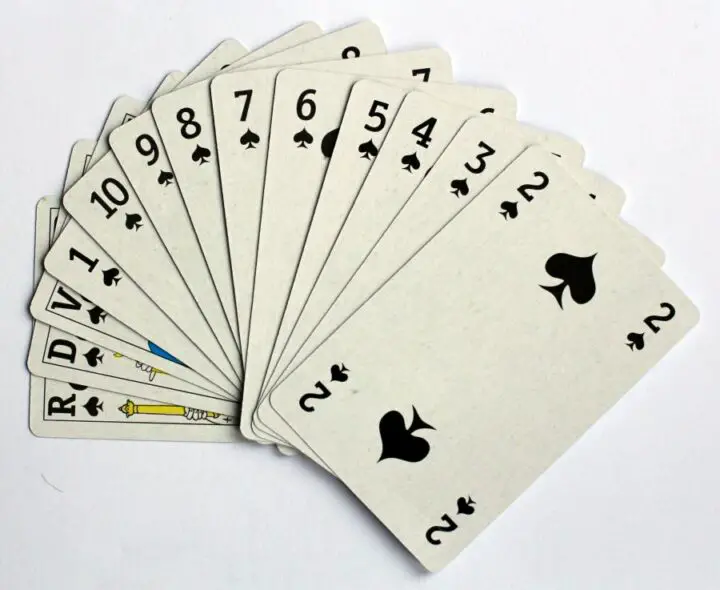
The popular Spanish, “Trente-Un,” translates to “Thirty-one” and was an ancestor of the game’s French version. Players must get as close to 31 as possible, with the jack counting for 11 points, the Queen 12 points, and the King 13 points.
The card games Sette e Mezzo, Trente-un, and the French Quinze all contain values that we can find in the modern game of blackjack. They all attribute point values to specific cards in the game, with the objective being to get as close to a particular number as possible, whether that’s 21, 31, or 15.
Some of the games even have a moving value for the jack, as with the modern game. Since the Spanish and Italian games predate the French versions, they likely had an important impact on creating the French Vingt-et-un.
However, the game of Vingt-et-un seems more tactical and strategic than its predecessors, and it’s easy to see why it was the most popular card game in the 18th century.
Instead of players relying solely on luck to win in the game, they required a certain skill level in reading the deck.
French colonists brought the game of Vingt-et-un to America in the late 18th century, where it quickly became a favorite card game in brothels and saloons across the country. The Americans labeled the game “Twenty-One,” with a few differences between the French version.
The American additions included another betting round between dealing the cards and the dealer making his second card visible to the players from the beginning of the game. The dealer may also make their decisions as to how to play their hand.
However, dealers would eventually follow the modern mandatory blackjack rules, where they hit 16 and hold on 17 or more.
19th Century – American Expansion
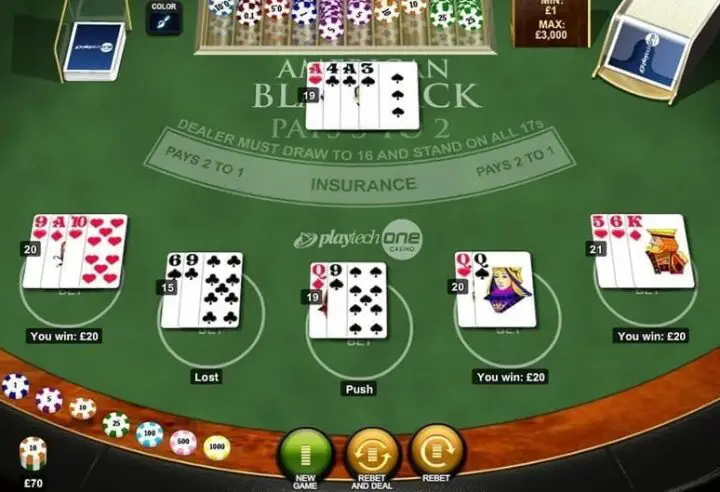
The year was 1820 when New Orleans legalized gambling in the United States. The game started to dwindle in Europe as the government began cracking down on illegal gaming.
However, America took the game and ran with it, with blackjack tables flourishing across the US.
The first legalized house-banked games arrived in New Orleans in 1820, but there were plenty of backyard games across America.
The 20th Century – The Growth Las Vegas Strip
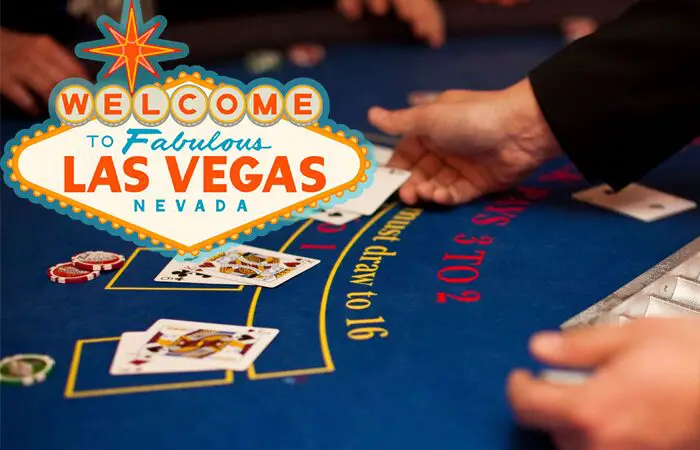
When Nevada rose as the global gaming haven in 1931, blackjack was one of the first table games available to punters.
To attract more players to the game, casinos would advertise incredible odds at the tables, with some venues offering up to 10:1 odds for a 21-card draw using the ace of spades or clubs. This play led to changing the name of the game from 21 to “Blackjack,” and the name sticks to this day.
While most casinos no longer offer the odds due to card-counting scams in the ’70s, ’80s, and ’90s, it’s still a popular casino game. The Nevada gaming commission officially regulates the rules of the game.
The Modern Era of Blackjack – Playing at Online Casinos
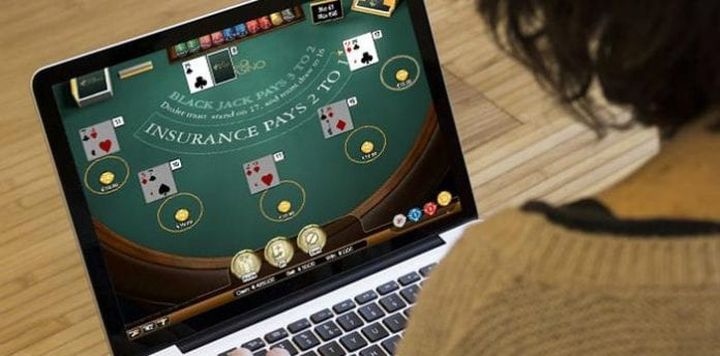
In the modern era of blackjack, things changed a lot over the last two decades. The rise of the internet saw many casinos startup online, offering electronic versions of popular casino games to online punters. The modern casino uses algorithms and payout ratios to determine when you get lucky.
Due to the invention of online gaming, card counting is no longer an issue, leveling the playing field for the gaming establishments and the punters. With COVID crushing brick-and-mortar casino revenues around the world, online gaming is thriving.
All you need is an internet connection and your mobile device. All casinos come with a mobile-friendly interface, allowing you to play when you’re on the couch at home or while you commute to work.
Plus, online casinos offer you a range of payment methods, from credit cards to crypto, when making deposits or withdrawals.
With millions of people playing blackjack online every day, it’s clear that the virtual environment holds the future of this card game.
